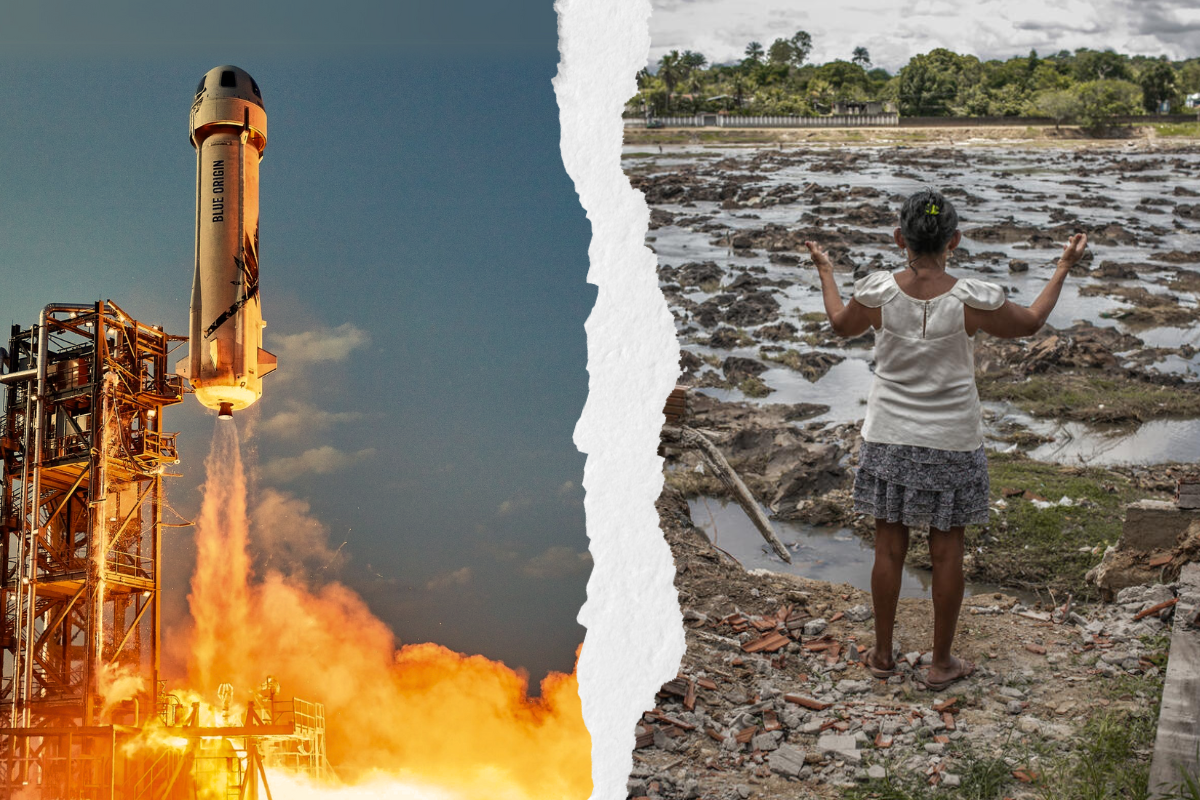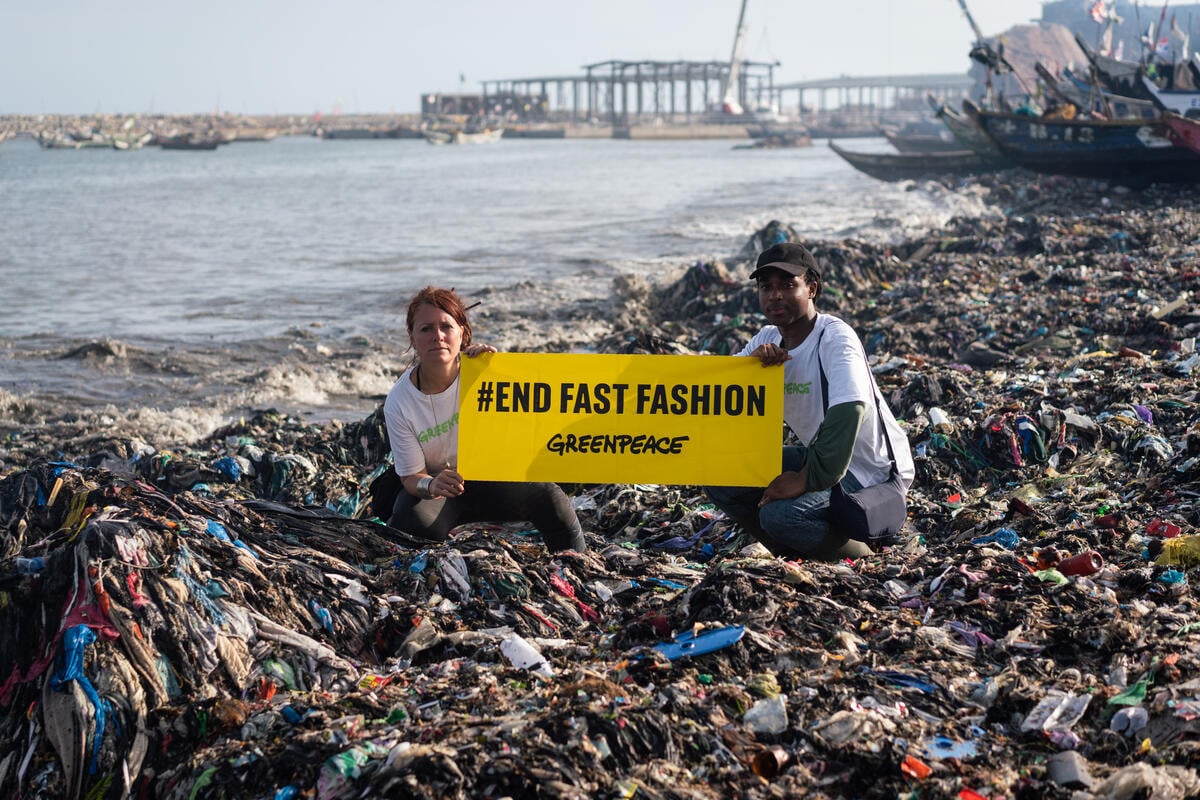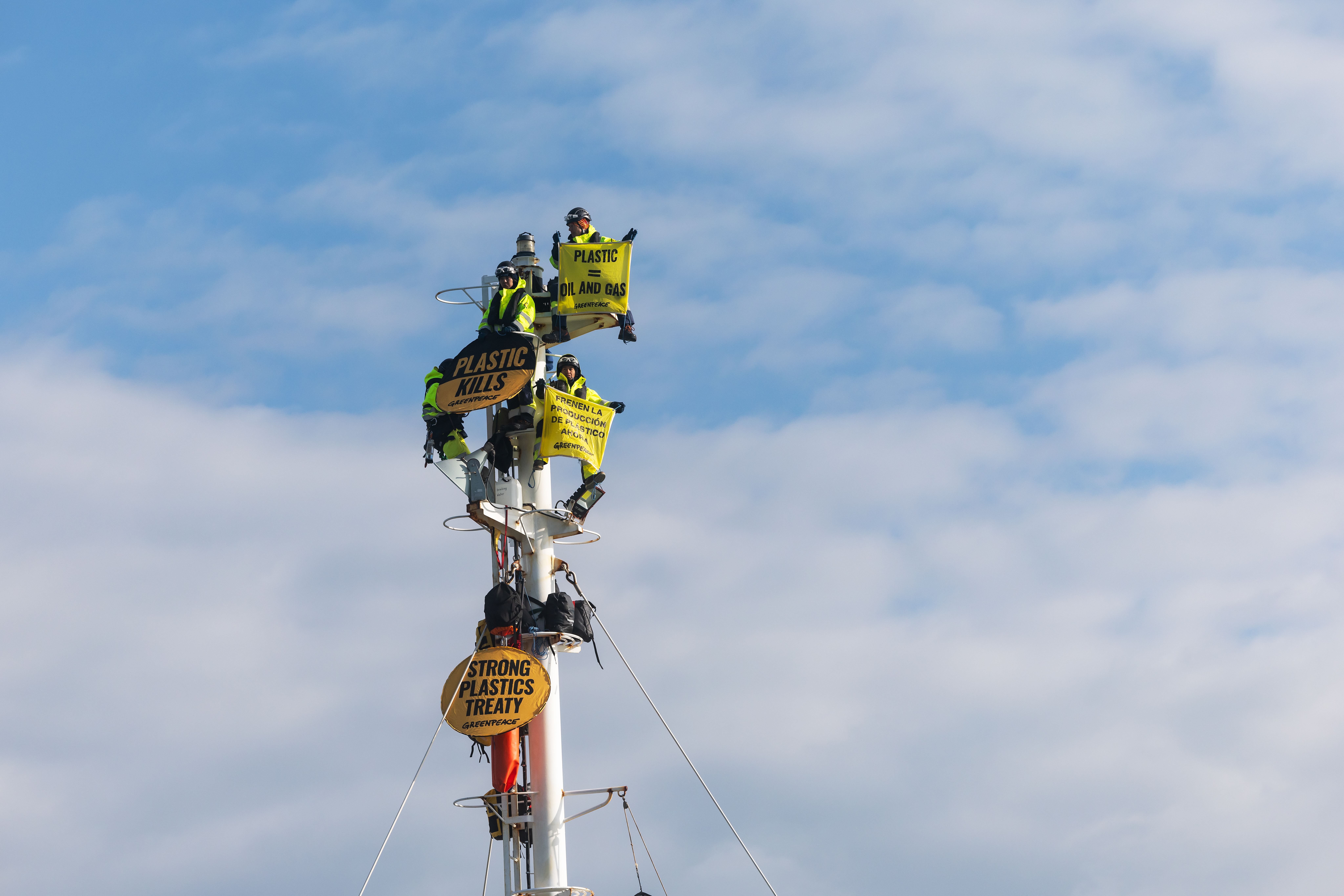What’s going on?
In June, Shein, the largest online-only fashion retailer in the world, announced a donation of $15m to an NGO working with textile waste workers in Ghana.
This pledge, made at the global fashion summit in Copenhagen, earned the ultra-fast fashion giant some kudos. But without any drastic change to its business model, this is in fact nothing more than a greenwashing stunt.
A closer look
It is hard to believe, but Shein has managed to take the already unsustainable fast fashion business model beyond this extreme and turn it into an “ultra-fast fashion” model, that is reliant on wasting Earth’s precious resources and depends on the exploitation of the environment and people.
It churns out staggering numbers of dirt cheap, disposable fashion items, with more new styles per day than any other fast fashion brand. Because the clothes are so cheap, most returns probably end up in landfills, since it would cost more to put them back in circulation.
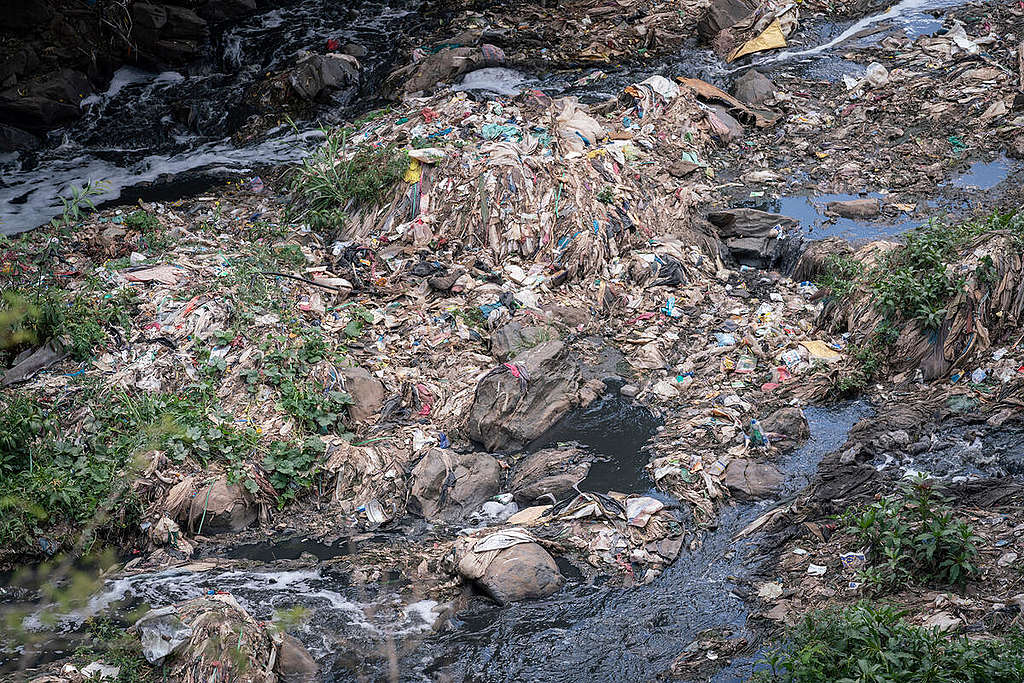
In April this year, a research team from Greenpeace Africa and Greenpeace Germany went on a research trip in Kenya and Tanzania to find out where many of the cheap clothes produced by (ultra) fast fashion brands end up once their short lives are over: on huge dump sites, burnt on open fires, along riverbeds and washed out into the sea, with severe consequences for people and the planet.
The shocking pictures and stories that Greenpeace Germany published in its report Poisoned Gifts are very similar to those from Ghana where the NGO The Or Foundation, the recipient of Shein’s donation, works.
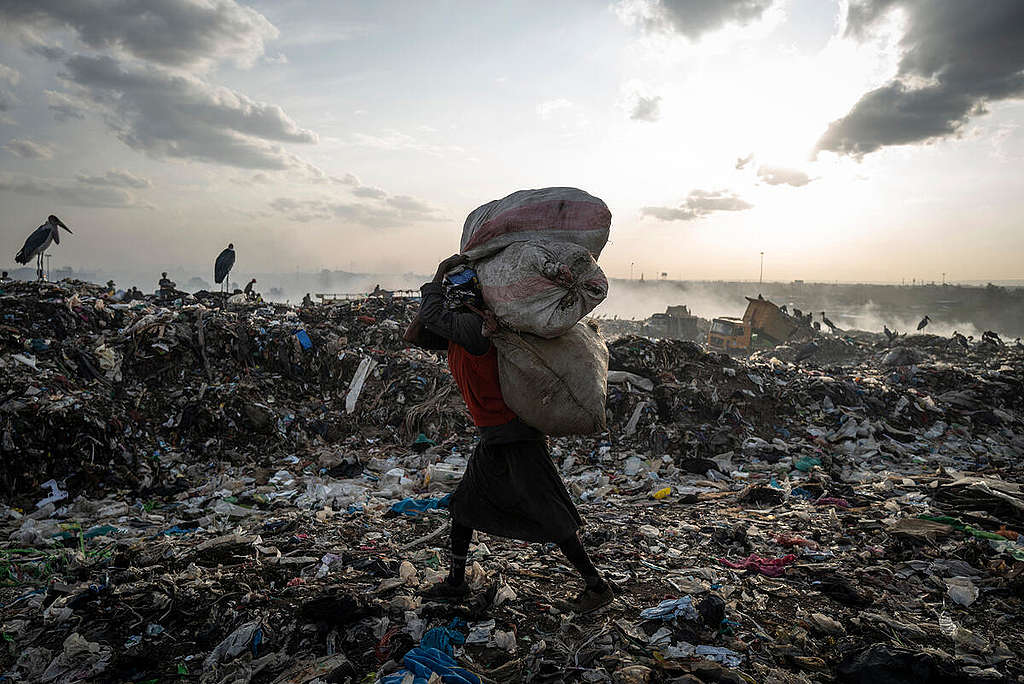
While Or Foundation’s work is certainly needed, it should not be dependent on donations. Moreover, Shein’s supply chain and textile waste impacts are not limited to Ghana. Following the ‘Polluter Pays’ principle, producers like Shein should be made financially responsible for the cost of cleaning up the environmental and health damage caused throughout the supply chain, regardless of the geographical extent of the damage.
What needs to happen
In these times of climate emergency and biodiversity crisis, Shein’s business model is taking us even further in the wrong direction. We need global fashion brands to make a U-turn in the opposite direction, and start producing fewer clothes that are also designed to be better quality, longer lasting, repairable and reusable.
If they finally give up their linear business models, change their mindsets which are stuck on the delivery of new products, and become providers of services to maintain, repair, re-sell and share clothes instead, we have a chance to preserve our precious resources and beautiful planet for future generations.
Viola Wohlgemuth is a Circular economy and Toxics Campaigner at Greenpeace Germany.

